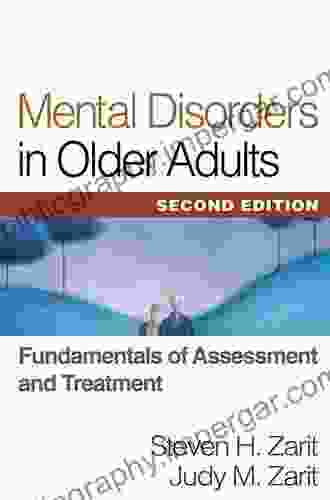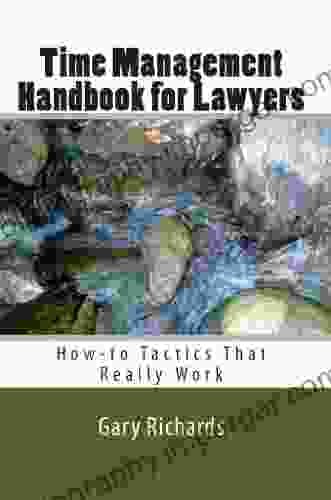Round Mounds And Monumentality In The British Neolithic And Beyond

The British Neolithic period, spanning from around 4,000 to 2,500 BCE, witnessed the emergence of a complex and enigmatic culture characterized by monumental earthworks, ritual practices, and profound societal changes. Among the most striking features of this era are the numerous round mounds that dot the landscape, serving as testaments to the beliefs, customs, and social structures of our ancient ancestors. This article delves into the fascinating world of round mounds in Neolithic Britain, exploring their significance, construction, and the insights they provide into the lives of our ancestors.
Earthen Enigma: The Significance of Round Mounds
Round mounds, also known as barrows, are artificial earthen structures that vary in size and shape, from small, low-profile features to imposing conical mounds. Their ubiquity across the British landscape suggests that they played a pivotal role in Neolithic society. Archaeological excavations have revealed that many round mounds were used as burial monuments, containing the remains of individuals or small groups. However, their function extended beyond the realm of mortuary practices.
Round mounds were often sited in prominent locations, such as hilltops and ridge lines, indicating their significance as landmarks and territorial markers. They may have also served as gathering places for communities, facilitating social interactions, rituals, and the exchange of ideas. Furthermore, the sheer scale and effort involved in their construction suggest that these mounds held deep symbolic and communal meanings, representing the power and prestige of the Neolithic elite.
4 out of 5
| Language | : | English |
| File size | : | 18402 KB |
| Text-to-Speech | : | Enabled |
| Screen Reader | : | Supported |
| Enhanced typesetting | : | Enabled |
| Word Wise | : | Enabled |
| Print length | : | 256 pages |
Monumental Architecture: The Construction of Round Mounds
The construction of round mounds was a laborious and time-consuming process, requiring the coordinated efforts of entire communities. Their creation involved several distinct stages. Initially, a primary mound was constructed by digging a circular or oval pit and depositing successive layers of earth and rubble. This core structure was then enlarged and shaped by adding further layers of material, often alternating between soil, chalk, and other local resources. The final form of the mound varied greatly, influenced by regional traditions and the topography of the surrounding landscape.
In some cases, round mounds were embellished with elaborate facades, such as retaining walls, stone circles, or ditches. These architectural features added to the grandeur and visual impact of the mounds, further enhancing their significance as symbolic landmarks. The deliberate placement of round mounds within broader landscape contexts, often in association with other Neolithic monuments such as henges and causewayed enclosures, suggests that they formed part of a complex and interconnected ritual landscape.
Beyond Neolithic: The Legacy of Round Mounds
While round mounds are most commonly associated with the British Neolithic period, their construction continued into the Bronze Age and beyond. During this later period, round mounds often took on new meanings and functions, reflecting the evolving social and cultural landscape. Some mounds were reused for secondary burials, while others were adapted into defensive structures or habitation sites.
The enduring presence of round mounds in the British landscape attests to their profound impact on subsequent generations. Over time, these ancient earthworks became embedded in local folklore and mythology, inspiring tales of buried treasure, supernatural beings, and historical events. Their enduring legacy is a testament to the enduring power of the Neolithic imagination and the enduring fascination with these enigmatic monuments.
Exploring the Mysteries: Archaeological Discoveries
Archaeological excavations of round mounds have provided invaluable insights into the lives and beliefs of Neolithic communities. The presence of human remains, grave goods, and ritual artifacts sheds light on burial practices, social hierarchies, and the symbolic significance of these monuments. For example, the discovery of elaborate grave goods, such as gold ornaments, amber beads, and finely crafted pottery, suggests that some individuals held positions of power and prestige within Neolithic society.
Excavations have also revealed evidence of complex ritual practices associated with round mounds. The presence of burnt material, animal bones, and ceremonial objects indicate that these sites were used for ceremonies, sacrifices, and other forms of ritual behavior. The deliberate placement of mounds in relation to other Neolithic monuments further suggests that they were part of a wider ceremonial landscape, facilitating connections between the living and the dead, the natural and the supernatural.
Round mounds are enduring symbols of the British Neolithic period, offering a glimpse into the beliefs, customs, and social structures of our ancient ancestors. Their enigmatic presence across the landscape invites us to contemplate the lives and experiences of those who lived thousands of years ago. Through archaeological discoveries and ongoing research, we continue to unravel the mysteries of these monumental earthworks, gaining a deeper understanding of the complex and fascinating world of Neolithic Britain.
As we gaze upon the enduring legacy of round mounds, we are reminded of the profound impact of our distant past on shaping the present. These ancient monuments stand as reminders of the human capacity for creativity, ritual, and the enduring desire to connect with the divine. By continuing to explore and learn from these enigmatic remnants of the past, we not only enrich our own understanding but also forge a deeper connection with the rich and vibrant tapestry of human history.
4 out of 5
| Language | : | English |
| File size | : | 18402 KB |
| Text-to-Speech | : | Enabled |
| Screen Reader | : | Supported |
| Enhanced typesetting | : | Enabled |
| Word Wise | : | Enabled |
| Print length | : | 256 pages |
Do you want to contribute by writing guest posts on this blog?
Please contact us and send us a resume of previous articles that you have written.
 Book
Book Novel
Novel Page
Page Chapter
Chapter Text
Text Story
Story Genre
Genre Reader
Reader Library
Library Paperback
Paperback E-book
E-book Magazine
Magazine Newspaper
Newspaper Paragraph
Paragraph Sentence
Sentence Bookmark
Bookmark Shelf
Shelf Glossary
Glossary Bibliography
Bibliography Foreword
Foreword Preface
Preface Synopsis
Synopsis Annotation
Annotation Footnote
Footnote Manuscript
Manuscript Scroll
Scroll Codex
Codex Tome
Tome Bestseller
Bestseller Classics
Classics Library card
Library card Narrative
Narrative Biography
Biography Autobiography
Autobiography Memoir
Memoir Reference
Reference Encyclopedia
Encyclopedia Rudyard Kipling
Rudyard Kipling Jen Lucas
Jen Lucas Fouzia Saeed
Fouzia Saeed Gabriel Rossman
Gabriel Rossman Kerry W Buckley
Kerry W Buckley Maryanne Moodie
Maryanne Moodie Gary L Francione
Gary L Francione Nath Jones
Nath Jones Gary Patterson
Gary Patterson Johannes H Von Gumppenberg
Johannes H Von Gumppenberg Sandy Gall
Sandy Gall Stanton Peele
Stanton Peele Honor Sachs
Honor Sachs Olivia Telford
Olivia Telford Patrick Humphries
Patrick Humphries Fab Chris
Fab Chris Frank Figliuzzi
Frank Figliuzzi Etienne Gilson
Etienne Gilson Frank Ceresi
Frank Ceresi Fredrik Praesto
Fredrik Praesto
Light bulbAdvertise smarter! Our strategic ad space ensures maximum exposure. Reserve your spot today!
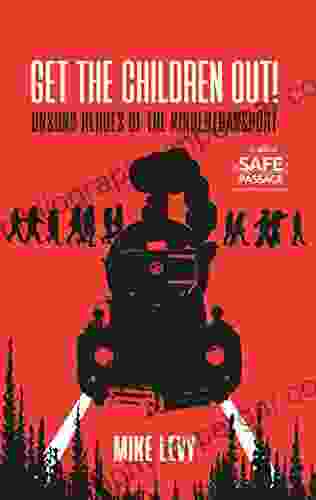
 D'Angelo CarterUnsung Heroes of the Kindertransport: Rediscovering the Extraordinary Stories...
D'Angelo CarterUnsung Heroes of the Kindertransport: Rediscovering the Extraordinary Stories...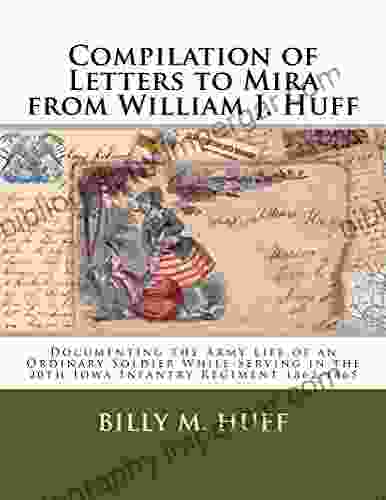
 Colin FosterA Profound Literary Journey: Uncovering the Secrets of William Huff's Letters...
Colin FosterA Profound Literary Journey: Uncovering the Secrets of William Huff's Letters...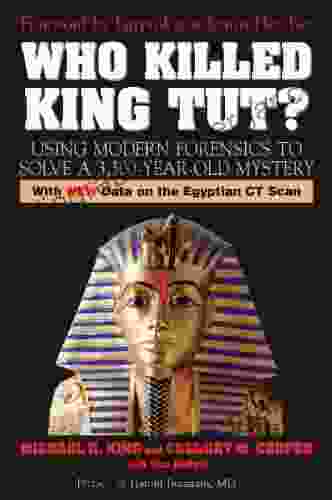
 Federico García LorcaUsing Modern Forensics To Solve 3300 Year Old Mystery With New Data On The
Federico García LorcaUsing Modern Forensics To Solve 3300 Year Old Mystery With New Data On The Eric NelsonFollow ·7.2k
Eric NelsonFollow ·7.2k Isaias BlairFollow ·16.7k
Isaias BlairFollow ·16.7k Gary CoxFollow ·3.3k
Gary CoxFollow ·3.3k Tyrone PowellFollow ·2.4k
Tyrone PowellFollow ·2.4k Tennessee WilliamsFollow ·4.9k
Tennessee WilliamsFollow ·4.9k Phil FosterFollow ·13.4k
Phil FosterFollow ·13.4k Yasunari KawabataFollow ·16.5k
Yasunari KawabataFollow ·16.5k Arthur C. ClarkeFollow ·11.9k
Arthur C. ClarkeFollow ·11.9k
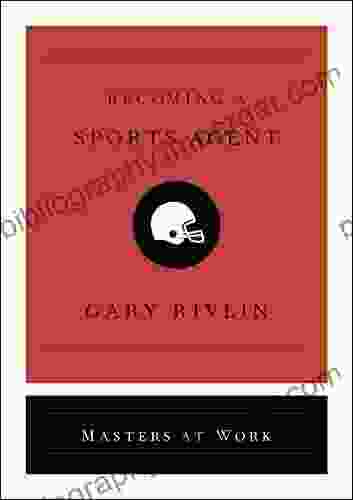
 Alexander Blair
Alexander BlairBecoming Sports Agent Masters At Work: The Ultimate Guide
What is a Sports...
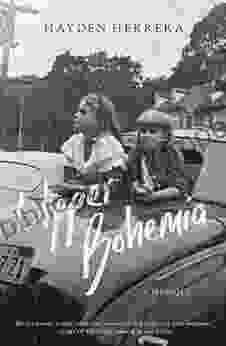
 Xavier Bell
Xavier BellUnveiling the Enchanting World of Upper Bohemia: A Review...
A Captivating...

 Chris Coleman
Chris ColemanUnveiling the Secrets: Extreme Rapid Weight Loss Hypnosis...
In the relentless pursuit of a slimmer,...
4 out of 5
| Language | : | English |
| File size | : | 18402 KB |
| Text-to-Speech | : | Enabled |
| Screen Reader | : | Supported |
| Enhanced typesetting | : | Enabled |
| Word Wise | : | Enabled |
| Print length | : | 256 pages |





